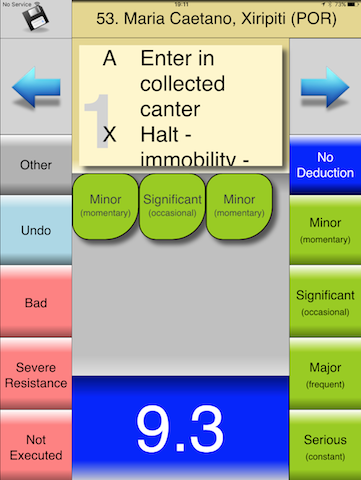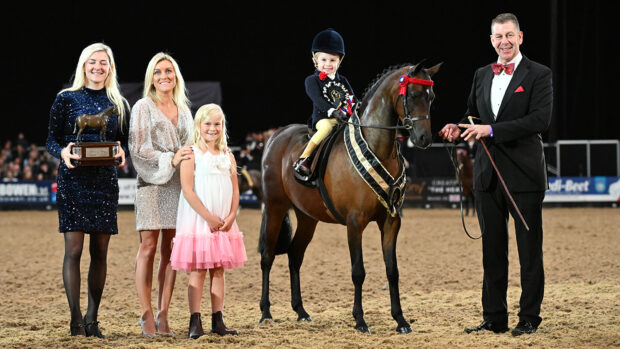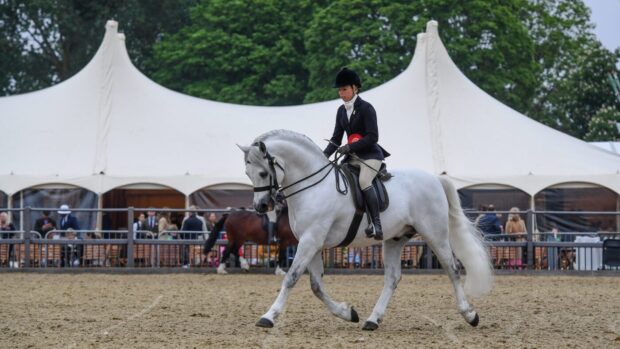A new system of dressage scoring due to be tested this summer could make judging fairer, more accurate and more educational, according to its creators.
Wayne Channon, secretary general of the International Dressage Riders Club, has been working with dressage at Hickstead founder Dane Rawlins on the method, which they believe would bring the discipline in line with other judged sports such as gymnastics.
It involves riders starting theoretically with a 10 for each movement, from which fractions of marks are deducted depending on the seriousness of the error or weakness.
Wayne explained that a codified system would be agreed to determine how much would be deducted in any instance.
“If a horse has one irregular step, for example, that might be a 0.1 deduction,” he said.
“If it’s more than two or three steps, that might be a 0.5, five to 10 steps might be one mark deducted, all the time could be two marks lost.
“There are eight components [such as impulsion, contact and precision] that judges are supposed to look at and work out which problems there are with each, then make the appropriate deduction.
“With our system, judges can look at the components and make very specific deductions, which are documented.”
As currently, judges would watch tests but would call out each deduction as appropriate, which would then be entered by an assistant using a smartphone or tablet app, pictured.

Wayne believes the method will provide more detailed feedback for riders and trainers, on exactly where marks have been lost, but also result in more accurate scores and remove any bias.
“If someone’s very famous, and you know they’re going to get 75%, you start with that viewpoint, so you’re a bit on the upside already,” he said.
“You can’t train people not to have these biases; conformational bias is probably one of the worst.
“Properly used, these components should allow a more normal moving horse to beat an extravagant mover if the latter didn’t have good rhythm, contact etc. Currently, that really does not happen much.”
The system is due to be tested, alongside the current method, at Hickstead next month (28-31 July), in the invitational grand prix class being held during the British Dressage (BD) regional championships.
Related articles:
- ‘Too good an opportunity to miss’: Hickstead regional championships date change
- David Stickland: ‘is judging fit for purpose?’ *H&H VIP*
- Calls for dressage juding overhaul: FEI responds
A BD spokesman said: “There has been much talk of this system for some time now but it is very difficult for us to comment as we’ve not seen a clear plan of the system, how it works and the associated pros and cons.
“From what little we do know, there are reservations but we will always strive to keep an open mind.
“We look forward to working with Dane and Wayne on their findings and subsequent recommendations, but must never lose sight of the fact that we must continuously strive to improve the training and education of judges to ensure fair competition.”
For more on the proposals, see this week’s H&H magazine, out 9 June.




